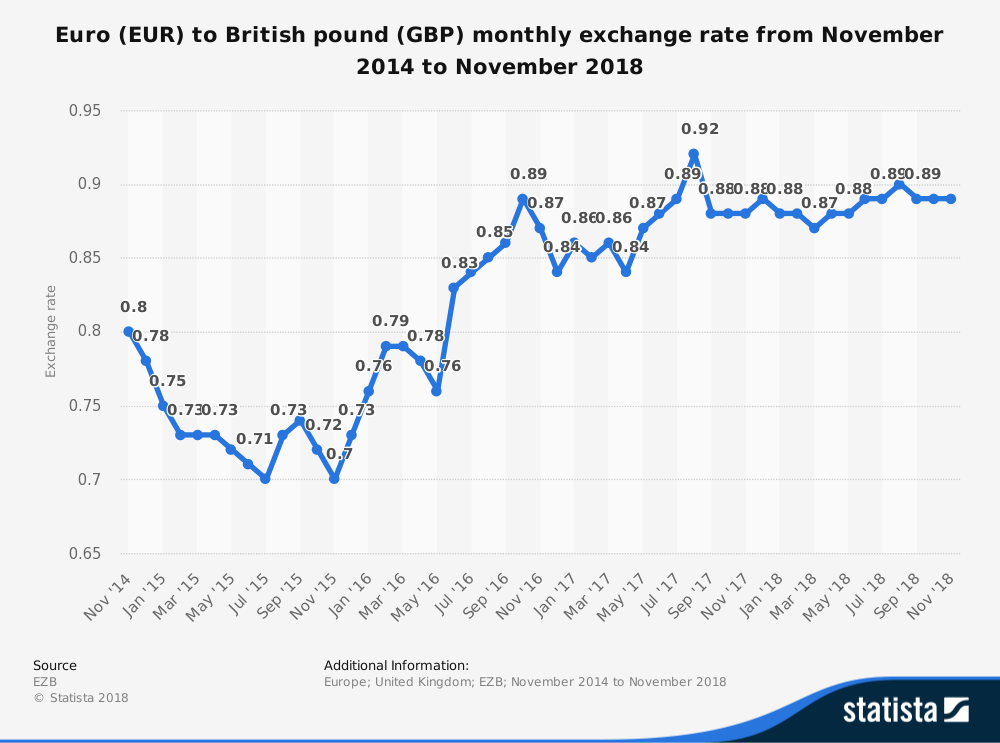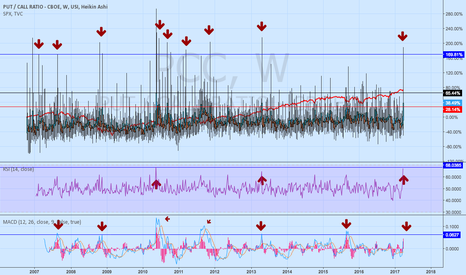Avoidable and Unavoidable Costs Definitions Examples
Contents
Such costs include those of closing, as well as, those of reopening. The shutdown costs are defined as those costs which would be incurred in the event of suspension of the plant operation and which would be saved if the operations are continued. The explicit cost is a cost that will necessitate a corresponding outflow of cash. Explicit costs are relevant in some decision making problems such as fluctuation of prices during recession, make or buy decisions etc.
- Sunk costs are excluded from a sell-or-process-further decision, which is a concept that applies to products that can be sold as they are or can be processed further.
- Instead of relying on data, they have an unrealistically optimistic outlook on their poor decision.
- There’s five common explanations as to why the sunk cost fallacy exists.
- The book costs are those which do not require current cash payments.
- That is, for decision making purposes fixed costs are not necessarily irrelevant and variable costs are not always relevant .
- It is the sum of direct wages, direct expenses and manufacturing overheads.
It is the cost of a contract with some terms and conditions of adjustment agreed upon between the contractee and the contractor. Contract cost usually implied to major long- term contracts as distinct from short-term job costs. Escalation clause is sometimes provided in the contract in order to take care of anticipated change in material price, labour cost etc. The abandonment cost is the cost incurred in closing down a department or a division or in withdrawing a product or ceasing to operate in a particular sales territory etc. The abandonment costs are the cost of retiring altogether a plant from service.
isCompleteProfile ? «Setup your profile before Sign In» : «Profile»
Unfortunately, especially in research and development, not all opportunities pay off as due diligence spending may lead to nowhere. ______ refers to money that has already been spent and which cannot be recovered. You can set the default content filter to expand search across territories. Hire charges of special tools and equipment for a particular job or work. For example, wages paid to the workers engaged in machining department, fabrication department, assembling department etc.

For example, inventory costs would be covered under ASC 330, Inventory. Costs that are required to be expensed in accordance with other standards cannot be recognized as an asset under the revenue standard. Fulfillment costs not addressed by other standards qualify for capitalization if the following criteria are met. The direct expenses refers to expenses that are specifically incurred and charged for specific or particular job, process, service, cost unit or cost centre.
A reporting entity should expense all incurred costs if it is unable to distinguish between those that relate to past performance and those that relate to future performance. The elements of cost can be studied under the classification direct and indirect costs. A sunk cost, sometimes called a retrospective cost, refers to an investment already incurred that can’t be recovered. Examples of sunk costs in business include marketing, research, new software installation or equipment, salaries and benefits, or facilities expenses. By comparison, opportunity costs are lost returns from resources that were invested elsewhere.
What Is Occupancy in a Profit & Loss Statement?
In identifying whether a cost is avoidable or unavoidable, the first test is to check whether the cost has already been incurred and can’t be reimbursed. Sunk costs are important because may act as distractors in decision-making. When a company analyzes costs and benefits, sunk costs should have no bearing on the decision-making process as the sunk cost will be incurred regardless of the outcome of the choice. Sunk costs are important to be mindful of because incorrectly including them in an analysis may lead to a less favorable decision being chosen. An asset would be recognized and amortized on a systematic basis consistent with the pattern of transfer of the tracking and monitoring services to the customer. The prepayment from the customer should be included in the transaction price and allocated to the performance obligations in the contract .

Construction Co should expense the costs of wasted materials as incurred. Judgment is needed to determine the costs that should be recognized as assets in some situations. Some of the costs listed above are straightforward and easy to identify. However, determining costs that should be allocated to a contract could be more challenging. The costs relate directly to a contract or an anticipated contract that the entity can specifically identify . The postponable cost is that cost which can be shifted to the future with little or no effect on the efficiency of current operations.
What are avoidable costs and unavoidable costs and how are they relevant in the decision making process?
This is largely because it’s psychologically challenging to let go of previously invested time, effort, or financial resources even if the outcome of those investments fails to meet expectations. Second, we need to consider whether the cost shall continue to be incurred for other activities or products. For example, the fixed manufacturing overheads allocated to what refers to an unavoidable cost which cannot be recovered Indigo may include rent of warehouse which is to be paid even if the product is not manufactured. It is important to note that if the amount of cost item changes, it becomes an avoidable cost to the extent of reduction. For example, if a separate warehouse is required for the product, total warehouse rentals will decrease if a warehouse is no longer needed.

Because sunk costs do not change, they should not be considered. In business, sunk costs are typically not included in consideration when making future decisions, as they are seen as irrelevant to current and future budgetary concerns. Indirect costs cannot be allocated but which can be apportioned to cost centres or cost units.
Abandonment arises when there is a complete cessation of activities and creates a problem as to the disposal of assets. Examples of such costs are costs of sheltering the plant and equipment and construction of sheds for storing exposed property. Further, additional expenses may have to be incurred when operations are restored e.g., reemployment of workers may involve cost of recruitment and training.
Alternatively, it can continue the production process by adding $15 in costs and sell a premium model glove for $90. Some investors actively seek out risk as they believe those types of investments offer the greatest returns. On the other hand, other investors still stick cash under the mattress and would rather forfeit any potential growth out of liquidity protection.
Table of Contents
Once you have viewed this piece of content, to ensure you can access the content most relevant to you, please confirm your territory. Costs that relate directly to a contract include the following. For example, in a petroleum refinery industry, petrol, diesel oil, kerosene oil, naptha, tar etc. are produced jointly in the refinery process. For example excessive scrap may arise from inadequate supervision or from latent defect in purchased material. The controllable cost is a cost that can be influenced and regulated during a given time span by the actions of a particular individual within an organization.
In such cases, emotional attachment to unrecoverable costs may have the unfortunate effect of causing entrepreneurs to make bad investment decisions, a phenomenon known as the sunk cost fallacy. The relevant costs are contrasted with the potential revenue of one choice compared to another. Sunk costs are excluded from future business decisions because the cost will remain the same regardless of the outcome of a decision.
All money expended on labor, both direct and indirect, is unrecoverable. You cannot withhold payment to workers for hours worked just because your business fails. Yes, any salary that has https://1investing.in/ been paid to an employee is a sunk cost. As long as those wages are not recoverable, that salary represents an expense that has been incurred and can not be captured back by the company.
Historical cost valuation states costs of plant and materials, for example, at the price originally paid for them. Avoidable cost are divided in variable cost that changes on discrete values and stepped fixed cost that changes on firms decision to increase installed capacity and levels of output beyond its limit. Similarly, money you’ve invested in equipment commonly used by other businesses may be a recoverable expense. However, specialized equipment that is not in demand and would be difficult to sell may represent an unrecoverable expense.